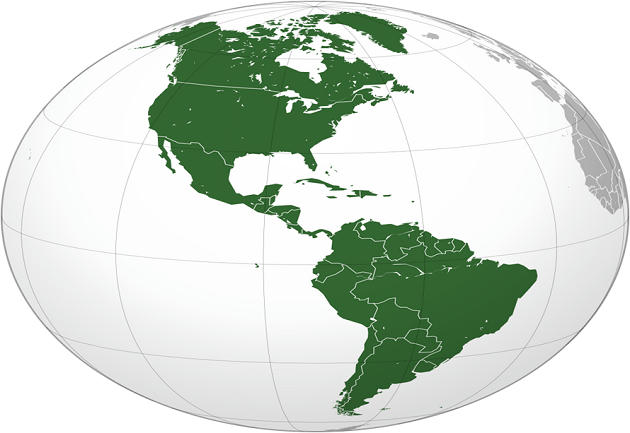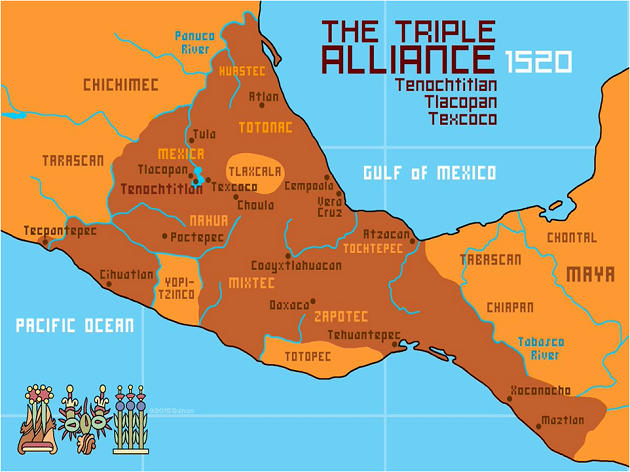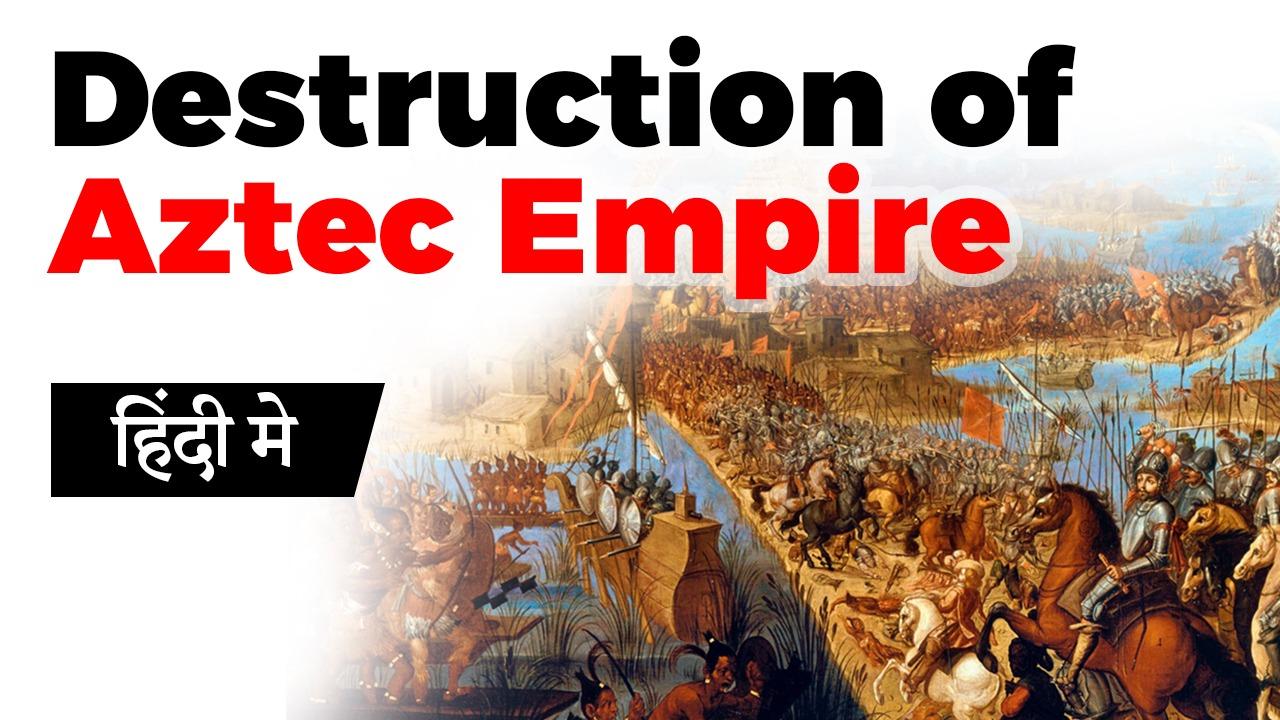Table of Contents
AZTECS EMPIRE
- The Aztecs, who probably originated as a nomadic tribe in northern Mexico, arrived in Mesoamerica around the beginning of the 13th century.
- From their magnificent capital city, Tenochtitlan, the Aztecs emerged as the dominant force in central Mexico, developing an intricate social, political, religious and commercial organization that brought many of the region’s city-states under their control by the 15th century.
- Cuauhtemoc, Montezuma’s young nephew, took over as emperor, and the Aztecs drove the Spaniards from the city. With the help of the Aztecs’ native rivals, Cortes mounted an offensive against Tenochtitlan, finally defeating Cuauhtemoc’s resistance on August 13, 1521.
- In all, some 240,000 people were believed to have died in the city’s conquest, which effectively ended the Aztec civilization. After his victory, Cortes razed Tenochtitla and built Mexico City on its ruins; it quickly became the premier European center in the New World.


TIMELINE
- 1428 – Creation of the Triple Alliance of Tenochtitlan, Texcoco, and Tlacopan
- 1492–93 – Columbus reaches the Caribbean; start of permanent Spanish settlements
- 1503–09 – Moctezuma’s coronation conquests
- 1504 – Hernando Cortés arrives in the Caribbean
- 1511– Spanish viceroy in the Caribbean appoints Diego Velázquez to conquer and govern Cuba
- 1518 – Expedition of Juan de Grijalva to the Yucatán and Gulf coasts; appointment of Cortés to lead a third exploratory expedition
AZTEC EMPIRE
- Bustling markets such as Tenochtitlan’s Tlatelolco, visited by some 50,000 people on major market days, drove the Aztec economy.
- The Aztec civilization was also highly developed socially, intellectually and artistically. It was a highly structured society with a strict caste system; at the top were nobles, while at the bottom were serfs, indentured servants and slaves.
DESTRUCTION
- The first European to visit Mexican territory was Francisco Hernandez de Cordoba, who arrived in Yucatan from Cuba with three ships and about 100 men in early 1517.
- Cordobars reports on his return to Cuba prompted the Spanish governor there, Diego Velasquez, to send a larger force back to Mexico under the command of Hernán Cortés.
- In March 1519, Cortes landed at the town of Tabasco, where he learned from the natives of the great Aztec civilization, then ruled by Moctezuma (or Montezuma) II.
DESTRUCTION
- Cortes and some 400 soldiers then marched into Mexico, aided by a native woman known as Malinche, who served as a translator.
- In November 1519, Cortes and his men arrived in Tenochtitlan, where Montezuma and his people greeted them as honored guests.
- Though the Aztecs had superior numbers, their weapons were inferior, and Cortes was able to immediately take Montezuma and his entourage of lords hostage, gaining control of Tenochtitlan. The Spaniards then murdered thousands of Aztec nobles during a ritual dance ceremony, and Montezuma died under uncertain circumstances while in custody.
DESTRUCTION
- Cuauhtemoc, Montezuma’s young nephew, took over as emperor, and the Aztecs drove the Spaniards from the city. With the help of the Aztecs’ native rivals, Cortes mounted an offensive against Tenochtitlan, finally defeating Cuauhtemoc’s resistance on August 13, 1521.
- In all, some 240,000 people were believed to have died in the city’s conquest, which effectively ended the Aztec civilization. After his victory, Cortes razed Tenochtitla and built Mexico City on its ruins; it quickly became the premier European center in the New World.
World History | Free PDF






















 WhatsApp
WhatsApp